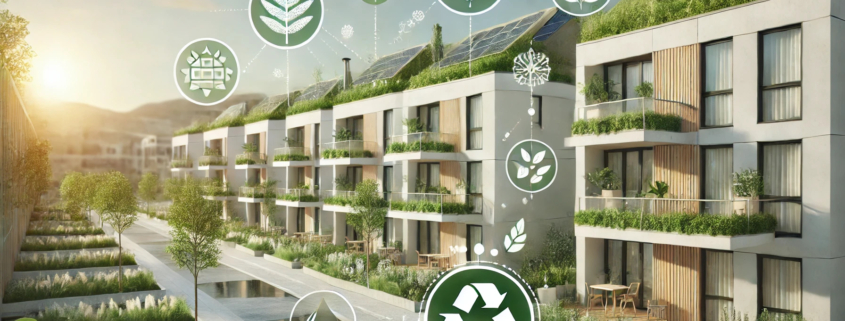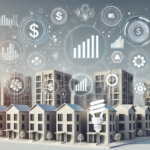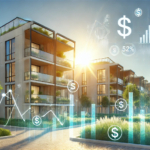Sustainability Meets Multifamily
Embracing Sustainability in Multi-Family Housing: A Path to Long-Term Value
As environmental awareness continues to grow, sustainability in multi-family housing has become more than just a trend—it’s a necessity. Sustainable practices not only reduce the environmental impact of developments but also add significant value to properties, enhancing tenant satisfaction and reducing operational costs. Here are some key areas where sustainability makes an impact in multi-family housing:
1. Energy Efficiency
Energy-efficient upgrades, such as LED lighting, energy-efficient HVAC systems, and smart thermostats, can significantly lower utility costs while reducing a property’s carbon footprint. Tenants are increasingly looking for eco-friendly buildings, so energy efficiency can be a powerful draw for new residents.
2. Water Conservation
Water-saving fixtures, low-flow toilets, and efficient irrigation systems contribute to substantial water savings. In areas facing water scarcity, these upgrades are essential for both the environment and tenant satisfaction.
3. Sustainable Materials
Using eco-friendly building materials, like recycled or sustainably-sourced wood, reduces the environmental impact of construction. Durable materials also lower maintenance costs and extend the life of a property, further enhancing its value.
4. Waste Reduction and Recycling
Waste reduction programs and accessible recycling facilities are essential for eco-conscious tenants. Implementing these practices can improve a building’s appeal and reduce landfill waste, contributing to a healthier environment.
Final Thoughts
Sustainability in multi-family housing is more than a green initiative—it’s a smart business strategy. By embracing sustainable practices, property managers and developers can reduce costs, attract environmentally-conscious tenants, and make a positive impact.



